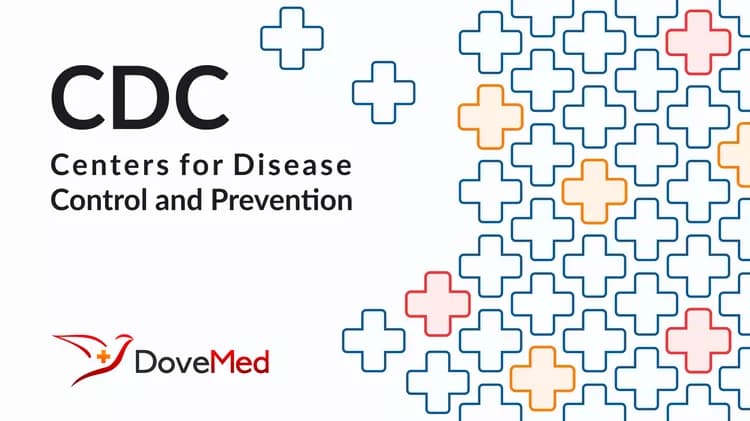
HHS Report Finds Health Improves for Most Racial, Ethnic Groups But Disparities Remain in Some Areas
HHS Report Finds Health Improves for Most Racial, Ethnic Groups But Disparities Remain in Some Areas
HHS Secretary Tommy G. Thompson today released a new report that shows significant improvements in the health of racial and ethnic minorities, but also indicates that important disparities in health persist among different populations.
Today's report presents national trends in racial- and ethnic-specific rates for 17 health status indicators during the 1990s. All racial and ethnic groups experienced improvements in rates for 10 of the 17 indicators. At the same time, the report also shows that despite these overall improvements, in some areas the disparities for ethnic and racial minorities remained the same or even increased.
"Our goal is to eliminate disparities in health among all population groups by 2010," Secretary Thompson said. "While we are making progress, this report shows how far we still have to go."
The report is part of Healthy People 2000, an HHS-led effort to set health goals for each decade and then measure progress toward achieving them. The indicators reflect various aspects of health and include infant mortality, teen births, prenatal care, low birthweight as well as death rates for all causes, and for heart disease, stroke, lung and breast cancer, suicide, homicide, motor vehicle crashes, and work-related injuries. Infectious diseases such as tuberculosis and syphilis are also included. The percent of children in poverty and the percent of the population living in communities with poor air quality round out the set of measures developed to allow comparisons among national, state and local areas on a broad set of health indicators.
One of the goals of the Healthy People Initiative is to reduce disparities in health. Notable progress was made in reducing the gap in syphilis case rates and stroke death rates. However, for about half of the indicators the disparities improved only slightly, and disparities actually widened substantially for work-related injury deaths, motor vehicle crash deaths and suicide.
"In many ways, Americans of all ages and in every racial and ethnic group have better health today," Surgeon General David Satcher said. "But our work isn't done until all infants have the same chance to thrive, all mothers have equal access to prenatal care, and all Americans are equally protected from cancer, heart disease and stroke."
All racial and ethnic groups experienced improvement in rates for 10 of the indicators: prenatal care; infant mortality; teen births; death rates for heart disease, homicide, motor vehicle crashes, and work-related injuries; the tuberculosis case rate; syphilis case rate; and poor air quality. For five more indicators – total death rate and death rates for stroke, lung cancer, breast cancer, and suicide -- there was improvement in rates for all groups except American Indians or Alaska Natives. The percent of children under 18 years old living in poverty improved for all groups except Asians or Pacific Islanders, and the percent of low birthweight infants improved only for black non-Hispanics.
"A clear lesson for public health is that efforts to achieve progress for all must be targeted and tailored to the needs of specific groups," said Dr. Jeffrey P. Koplan, director of the Centers for Disease Control and Prevention (CDC), which prepared the report. "For example, the drop in the syphilis rate followed an intensive campaign to eliminate syphilis community by community."
HHS agencies are now working on Healthy People 2010, the nation's public health agenda for the current decade, and have identified a set of Leading Health Indicators that are being tracked nationwide and in states and communities. While the goals of Healthy People 2000 aimed at reducing disparities, the Healthy People 2010 plan aims at the elimination of disparities in health among all population groups.
The report, "Trends in Racial and Ethnic-Specific Rates for the Health Status Indicators: United States, 1990-1998," can be viewed or downloaded at http://www.cdc.gov/nchs. CDC today also will issue a related study, "Recent Trends in Mortality Rates for Four Major Cancers, by Sex and Race/Ethnicity -United States, 1990 – 1998." That study will be available at noon at http://www.cdc.gov/mmwr/.
Information on Healthy People 2010 is available at http://www.health.gov/healthypeople/
###
Note: All HHS press releases, fact sheets and other press materials are available at www.hhs.gov/news.
Related Articles
Test Your Knowledge
Asked by users
Related Centers
Related Specialties
Related Physicians
Related Procedures
Related Resources
Join DoveHubs
and connect with fellow professionals

0 Comments
Please log in to post a comment.